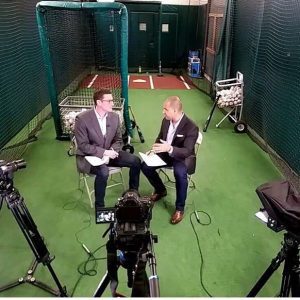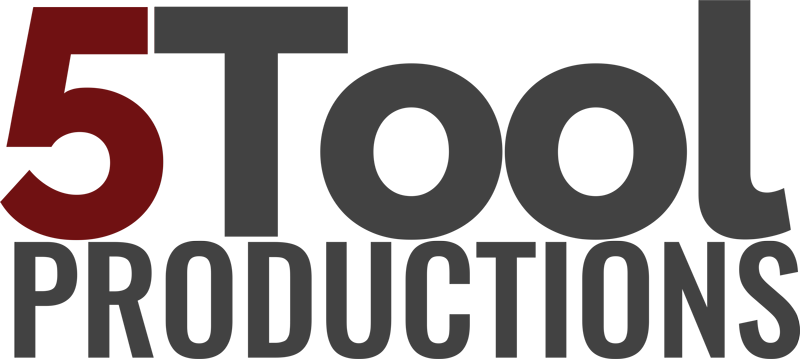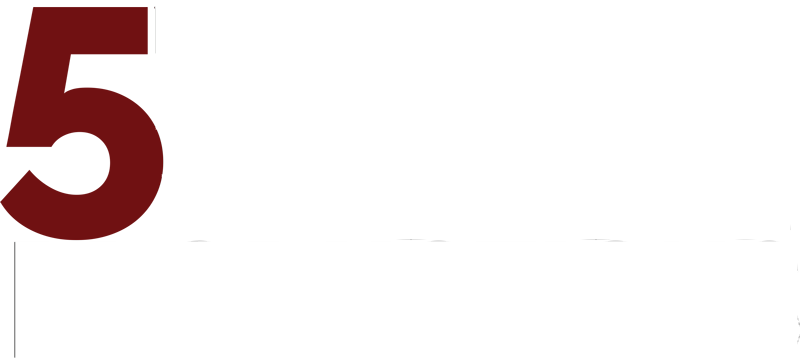Having worked in both the news industry and corporate video, there is always one question I get over and over again. “How can I be good on camera?” You can actually see who is going to ask that question as soon as you walk through the door. Their demeanor is a little tentative and they always have a good, solid stack of notes ready to go. Although I always reassure them that “, it’s just a conversation,” it never really seems to calm them down. (Maybe I should try bringing coffee?)
You can actually see who is going to ask that question as soon as you walk through the door. Their demeanor is a little tentative and they always have a good, solid stack of notes ready to go. Although I always reassure them that “, it’s just a conversation,” it never really seems to calm them down. (Maybe I should try bringing coffee?)
The cameras, lights, microphones, and producers may seem like they are there to distract you, they are really there for one reason only, to make you look good. Make their job easy by just talking about the things you know.
What “it’s just a conversation” really means.
It might sound a little cliche, but I literally mean have a conversation. Whether it is between you and the person you are being interviewed by or between you and the camera, you have to remember to just have a conversation. The same type of conversation you would have with a friend at a bar. Not necessarily the topic, but style. Relaxed and just trying to get your point across.
Where should I look?
 Believe it or not, where you look, totally defines the type of video you are putting together. Looking into the camera is talking directly to the audience while looking off to the side of the camera right at the person conducting the interview means the audience is eavesdropping. They are both powerful in their own way but the key is to pick one.
Believe it or not, where you look, totally defines the type of video you are putting together. Looking into the camera is talking directly to the audience while looking off to the side of the camera right at the person conducting the interview means the audience is eavesdropping. They are both powerful in their own way but the key is to pick one.
When your eyes dart back and forth from the camera to the person conducting the interview, you come across uneasy and unsure of your topic. Lock eyes with one thing and talk directly to that.
Notes are OK. Memorizing them is not.
Obviously you always want to sound somewhat familiar with the topic you’re talking about. Trust me, there have been far too many times I’ve seen someone walk out on set without having a clue with what they were about to say. Definitely didn’t turn out too good. On the flip side of things, it is totally fine to have a few notes by your side to help with some of your talking points. Personally, I like to have ONE note card with a handful of points that I like to make. I emphasize one because if you have multiple note cards or pieces of paper, by the time the interview is done, you’ve made a complete mess on set and you made a lot of unnecessary noise while flipping through them. File that under “things that will drive the audio guy nuts.”
Some people will take the note taking to another level by trying to memorize their talking points. I will go out and tell you, don’t do that. What typically ends up happening is you try to recite your talking points verbatim. When you make a mistake, instead of just trying to talk about what you know, you continuously try to recite your line. 99% of the time, this leads to even more mistakes. It also comes off way to rehearsed and inauthentic.
The next time you are being interviewed or have to talk at all in front of a camera, just remember, it’s just a conversation.

